Category: Photojournalism
-
Hong Kong Photojournalists Look Back on Photographing the 2019 Protests | Blind
Hong Kong Photojournalists Look Back on Photographing the 2019 Protests Throughout the protests of 2019, Cheng Wai Hok, Lam Yik and Alex Chan Tsz Yuk worked to photograph the event that rocked Hong Kong. Now, with the city’s National Security Law just over a year old and press freedom under attack, the three photojournalists Link:…
-
The images that tell the true story of the war in Afghanistan – Columbia Journalism Review
The images that tell the true story of the war in Afghanistan Images from Afghanistan have always revealed the truth behind the notion that the American war was on solid footing. We may have been told, since it first began shortly after September 11, 2001, that significant progress was just around the bend. But t…
-
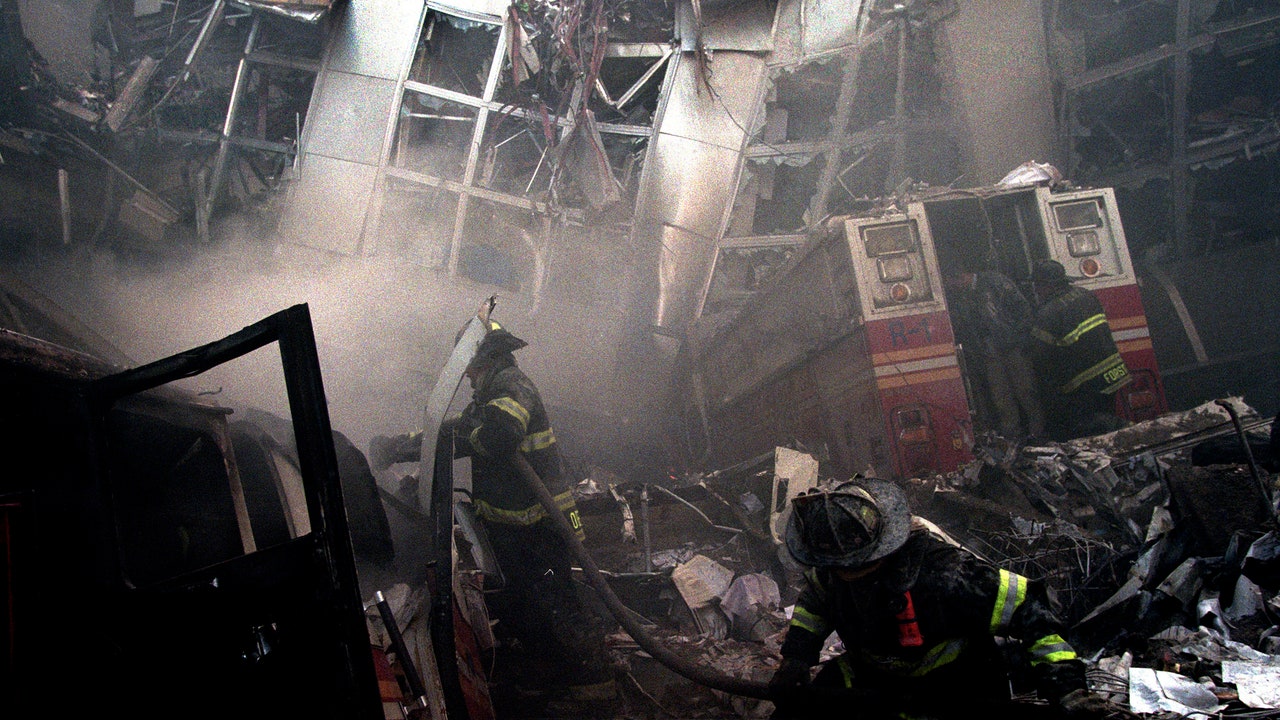
What Gilles Peress Saw on 9/11 | The New Yorker
What Gilles Peress Saw on 9/11 The Magnum photographer looks back on capturing an “inconceivable event.” via The New Yorker: https://www.newyorker.com/culture/photo-booth/what-gilles-peress-saw-on-911 A cop tried to stop me. He said, ‘You’re crazy, you’re going to die,’ and I said, ‘O.K.,’ and I bypassed him. I arrived as the second tower was falling. There were very few…
-
A Woman Journalist at Ground Zero | Blind
A Woman Journalist at Ground Zero On September 11, 2001, photographer Gulnara Samoilova was in downtown Manhattan when the World Trade Center terrorist attacks happened. Her images were awarded with a World Press Photo in 2002 and published in a book, Women Journalists at Ground Zero. Link: https://www.blind-magazine.com/en/news/3716-a-woman-journalist-at-ground-zero-en On September 11, 2001, photographer Gulnara Samoilova…
-
Nick Oza, Arizona Republic photojournalist, hurt in vehicle accident
Arizona Republic photographer Nick Oza seriously injured in vehicle accident Nick Oza has been at the center of some of The Arizona Republic’s most important work since he joined the newspaper in 2006. via The Arizona Republic: https://www.azcentral.com/story/news/local/phoenix-traffic/2021/09/08/nick-oza-arizona-republic-photojournalist-injured-in-vehicle-accident/5771655001/ Nick Oza, a Pulitzer Prize-winning photojournalist for The Arizona Republic and azcentral.com, was seriously injured in a…
-
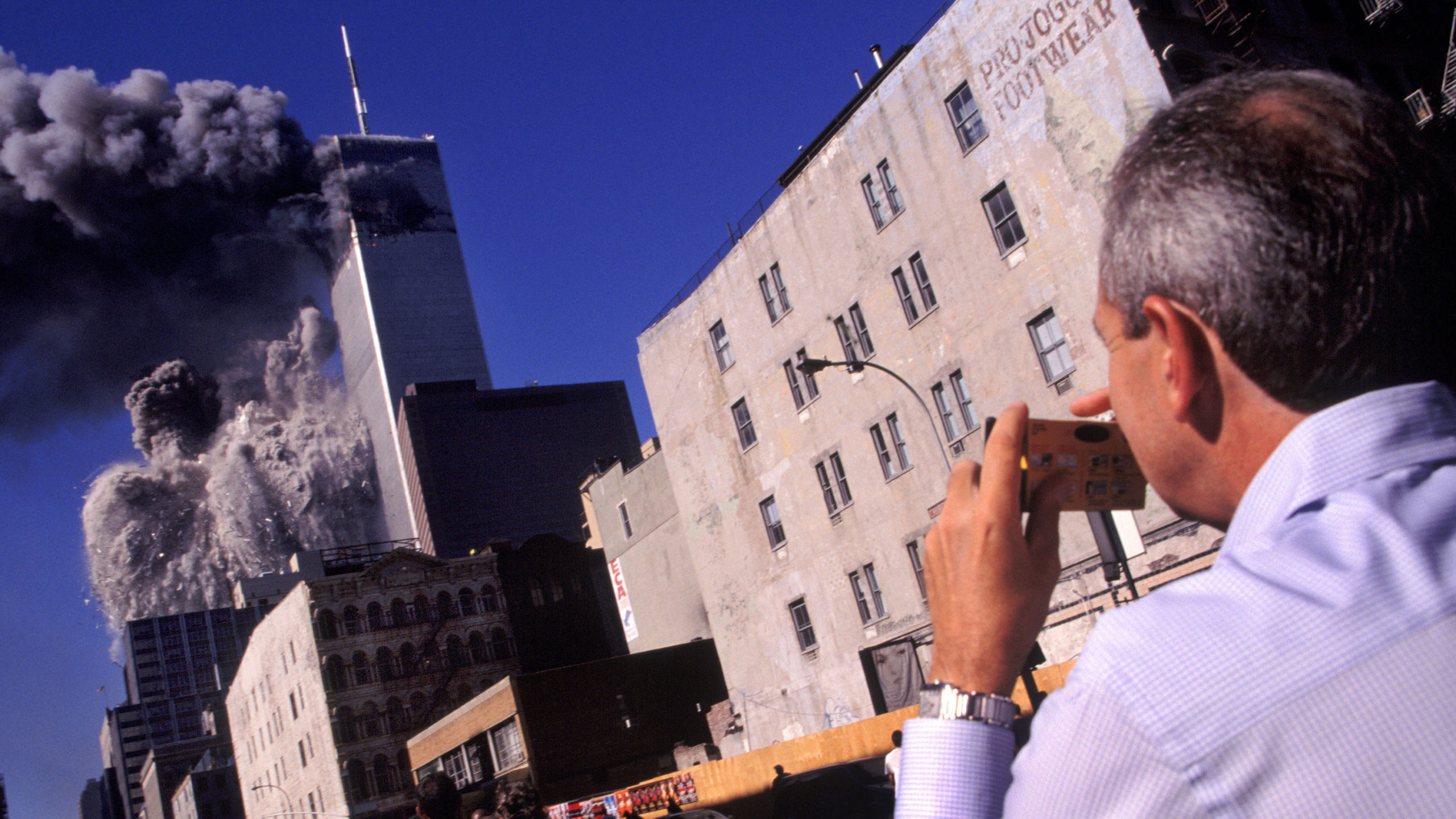
After 9/11, Do We Prefer Images to Reality?
After 9/11, Do We Prefer Images to Reality? In three timely new books, David Levi Strauss considers the profound effects that photography, terror, and divisive politics have had on the twenty-first-century imagination. via Aperture: https://aperture.org/editorial/after-9-11-do-we-prefer-images-to-reality-david-levi-strauss/ In three timely new books, David Levi Strauss considers the profound effects that photography, terror, and divisive politics have had…
-
The Visa Pour L’image Festival Catches its Breath | Blind
The Visa Pour L’image Festival Catches its Breath After a 2020 edition without any audience, the 33rd edition of the international photojournalism festival in Perpignan, France, opens its doors to the public again and continues to show the cries of the world. Link: https://www.blind-magazine.com/en/news/the-visa-pour-limage-festival-catches-its-breath-en After a 2020 edition held without any audience, the 33rd edition…
-
Perpignan’s Festival of Photojournalism 2021 – in pictures | Art and design | The Guardian
Perpignan’s Festival of Photojournalism 2021 – in pictures The 33rd international festival of photojournalism, organised by Visa pour l’Image, has more than 25 exhibitions around the French city. Available to view from 28 August to 26 September via the Guardian: https://www.theguardian.com/artanddesign/gallery/2021/aug/27/perpignans-festival-of-photojournalism-2021-in-pictures The 33rd international festival of photojournalism, organised by Visa pour l’Image, has more than…
-
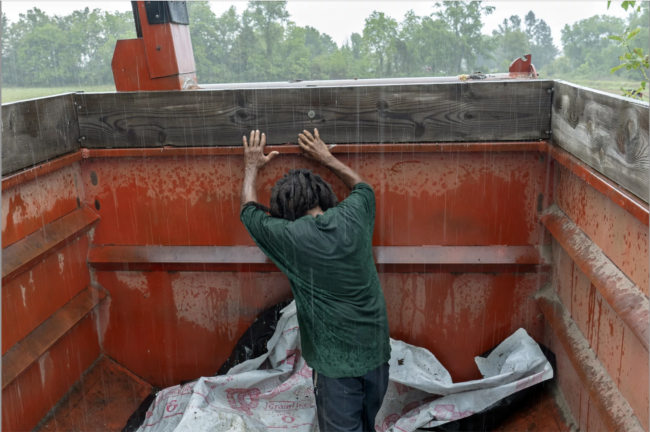
The Art of the Personal Project: Eugene Richards – A Photo Editor
The Art of the Personal Project: Eugene Richards The Art of the Personal Project is a crucial element to let potential buyers see how you think creatively on your own. I am drawn to personal projects that have an interesting vision or that show … via A Photo Editor: https://aphotoeditor.com/2021/08/05/the-art-of-the-personal-project-eugene-richards/ The town of Earle, Ark.,…
-
The Visual Failings of the Heat Dome Coverage – Columbia Journalism Review
The Visual Failings of the Heat Dome Coverage The heat wave that swept the Pacific Northwest and Western Canada in late June was an extraordinary disaster. A mass of high-pressure air over the region trapped heat there, creating a “heat dome”—a term that recurred in news coverage. In Oregon, power via Columbia Journalism Review: https://www.cjr.org/criticism/heat-dome-pacific-northwest-photography-headlines.php…
-
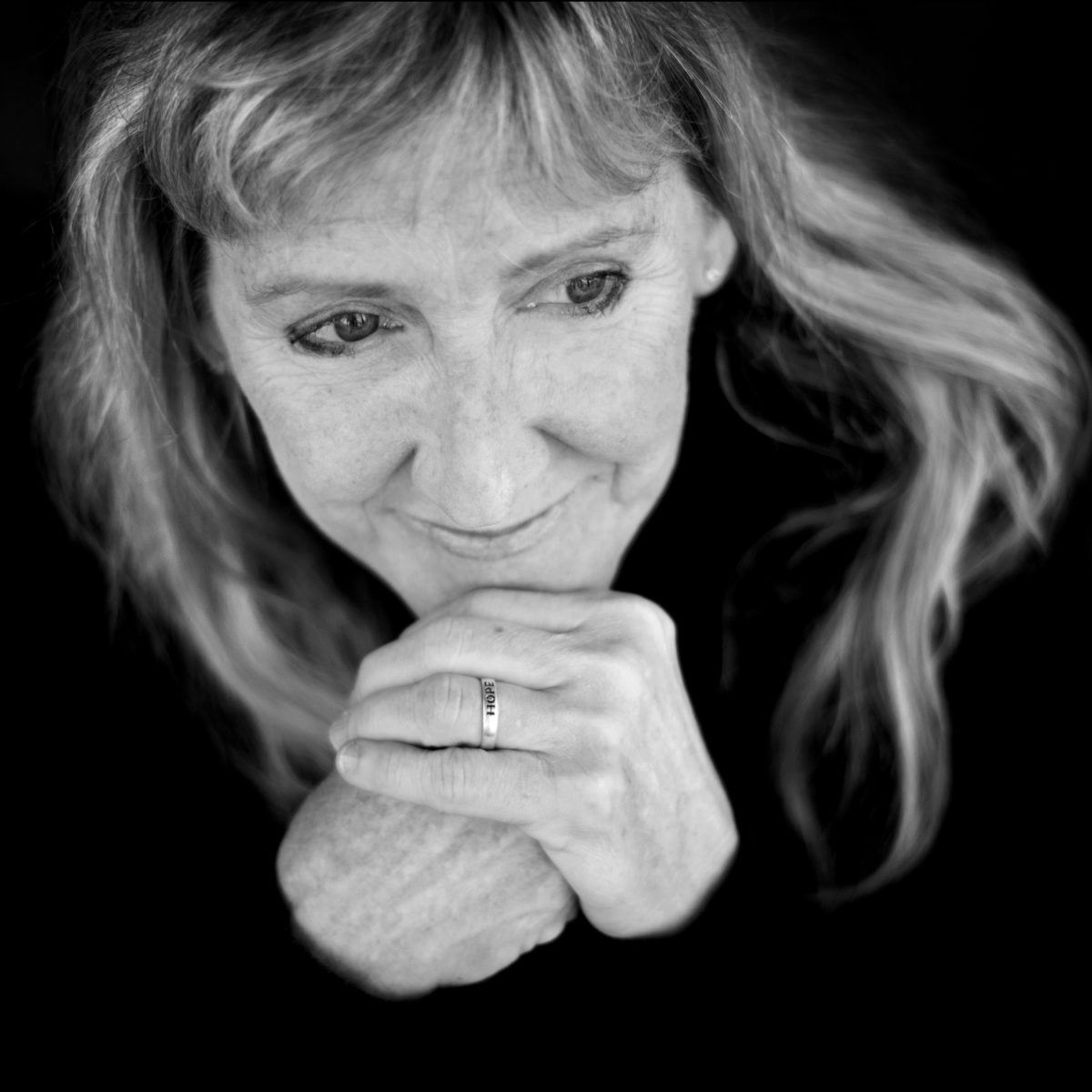
Carol Guzy Joins American Reportage – americanreportage
Carol Guzy Joins American Reportage – americanreportage American Reportage is thrilled to announce Carol Guzy as the collective’s newest member. American Reportage is honored to have Carol join the collective for her vast experience, epic talent and kind heart. via americanreportage: https://americanreportage.com/carol-guzy-joins-american-reportage/ American Reportage is thrilled to announce Carol Guzy as the collective’s newest member.
-
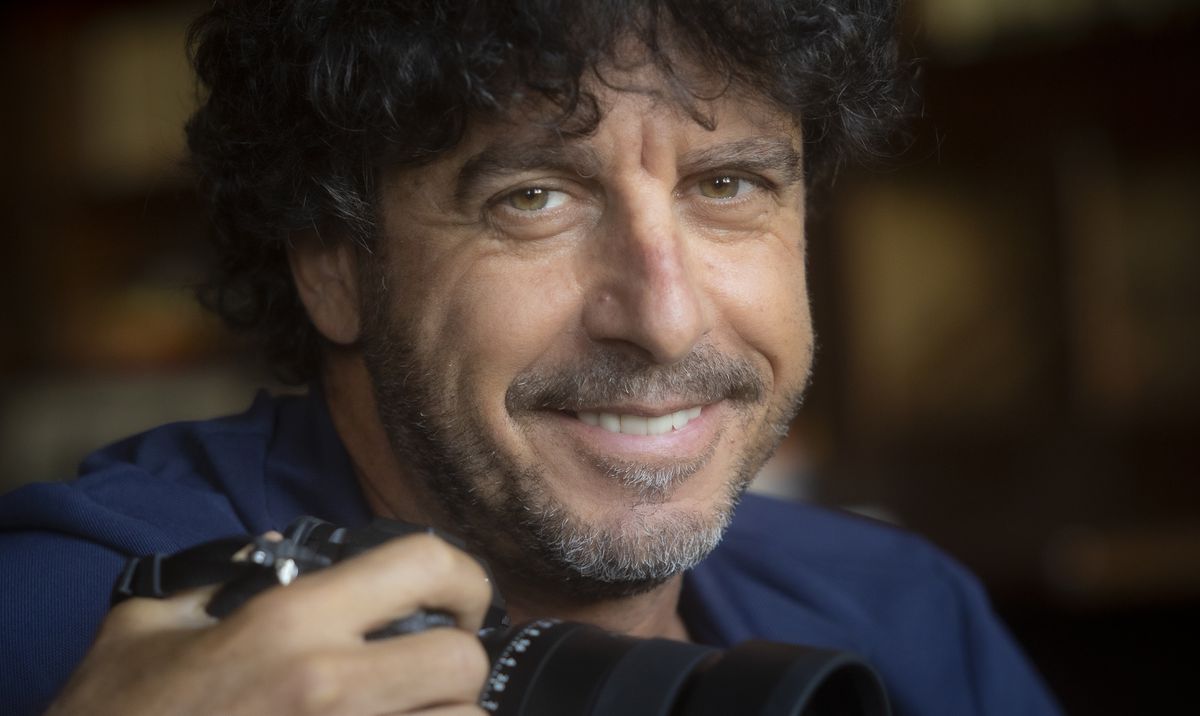
Emilio Morenatti: ‘I would give up the Pulitzer to have my leg back. I’d even burn my work’ | Culture | EL PAÍS in English
Emilio Morenatti: ‘I would give up the Pulitzer to have my leg back. I’d even burn my work’ Recognized for his poignant series of images of the pandemic, the award-winning photojournalist talks to EL PAÍS about disability and the role of photography in society via EL PAÍS: https://english.elpais.com/culture/2021-07-28/emilio-morenatti-i-would-give-up-the-pulitzer-to-have-my-leg-back-id-even-burn-my-work.html Recognized for his poignant series of images…
-
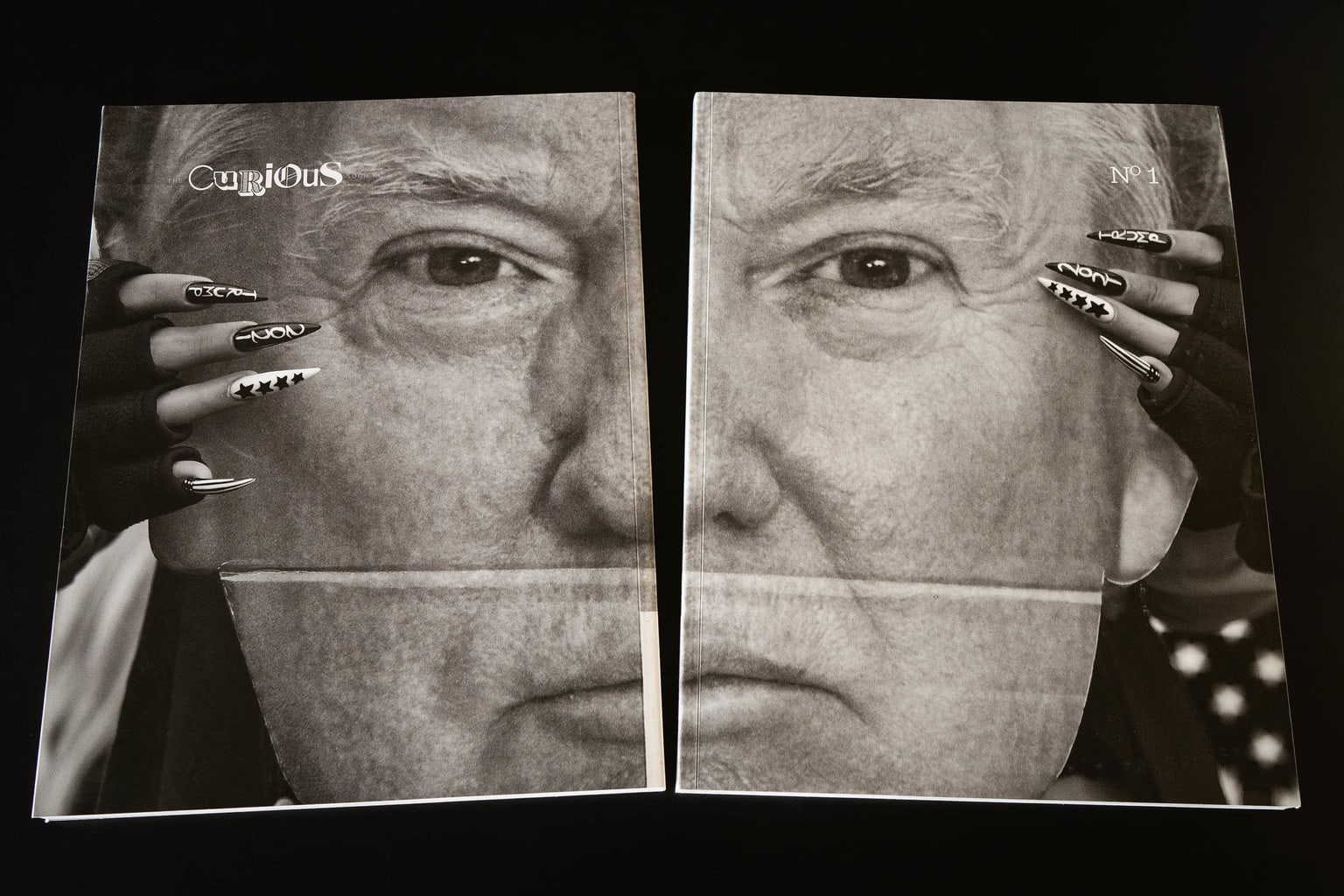
How to Start a Photo Magazine in a Pandemic – PhotoShelter Blog
How to Start a Photo Magazine in a Pandemic – PhotoShelter Blog The past few decades have been unkind to photo magazines. Many industry stalwarts have gone defunct, while others have moved to online editions only. Ironically, many photographers still believe in the photographic print, even though they might contend th via PhotoShelter Blog: https://blog.photoshelter.com/2021/07/how-to-start-a-photo-magazine-in-a-pandemic/?utm_source=feedburner&utm_medium=feed&utm_campaign=Feed%3A+PhotoshelterBlog+%28PhotoShelter+Blog%29…
-
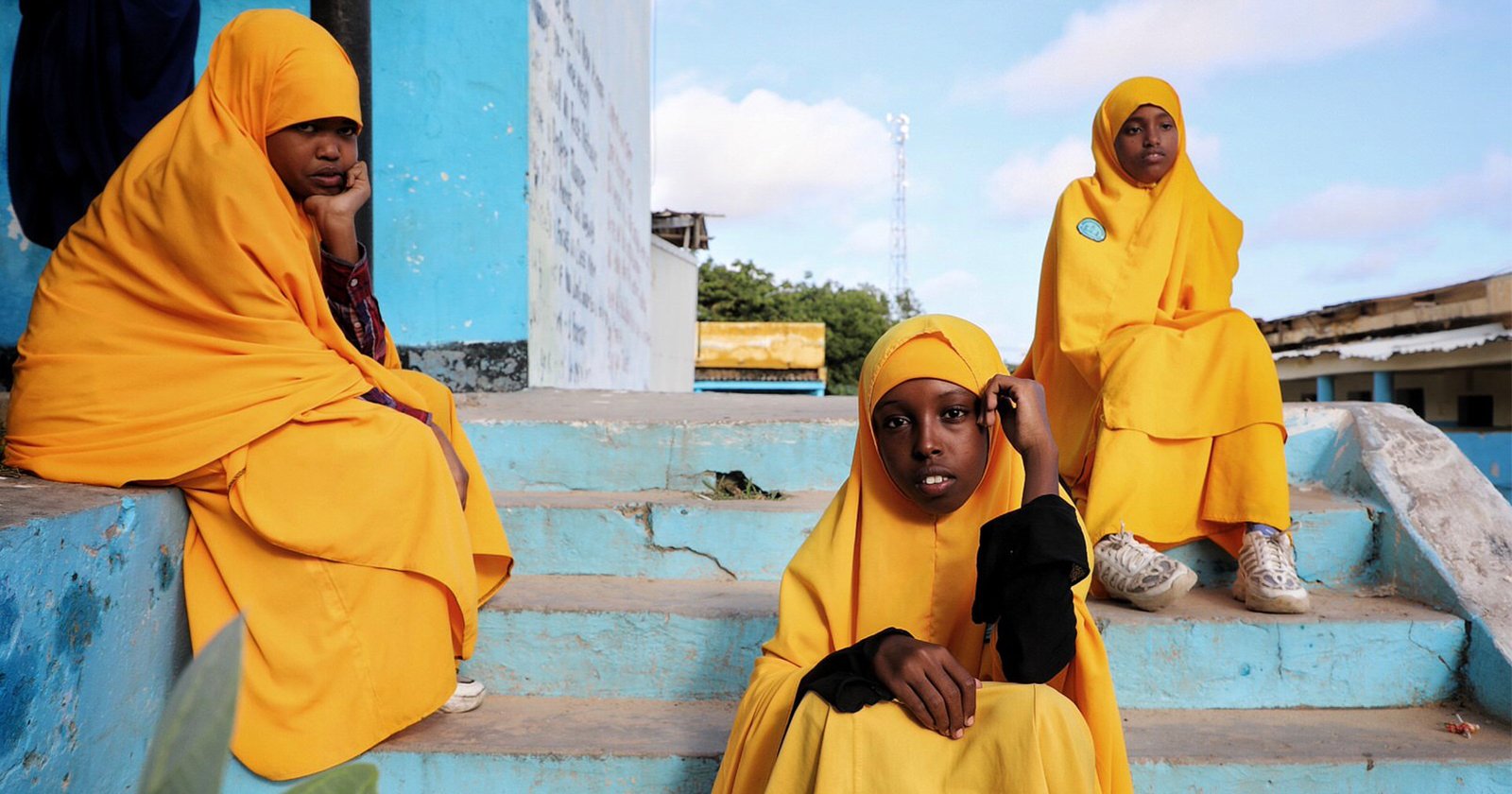
The Difficulties One Woman Faced to Become a Photojournalist in Somalia | PetaPixel
The Difficulties One Woman Faced to Become a Photojournalist in Somalia A woman Somalian photojournalist shares her experiences of working in what is traditionally a man’s world. via PetaPixel: https://petapixel.com/2021/07/23/the-difficulties-one-woman-faced-to-become-a-photojournalist-in-somalia/?utm_source=feedburner&utm_medium=feed&utm_campaign=Feed%3A+petapixel+%28PetaPixel%29 Breaking through the barriers of cultural and gender norms in Somalia, Fardosa Hussein shares what it took for her to be able to practice what…
-
Blind – Revisiting “Minamata,” W. Eugene Smith’s Final Photo Series
Revisiting “Minamata,” W. Eugene Smith’s Final Photo Series The new film Minamata starring Johnny Depp explores the final chapter of Smith’s career. Here, his widow Aileen Mioko Smith recounts their extraordinary work. Link: https://www.blind-magazine.com/en/news/1352/Revisiting-Minamata-W-Eugene-Smiths-Final-Photo-Series The new film Minamata starring Johnny Depp explores the final chapter of Smith’s career. Here, his widow Aileen Mioko Smith recounts their extraordinary…
-
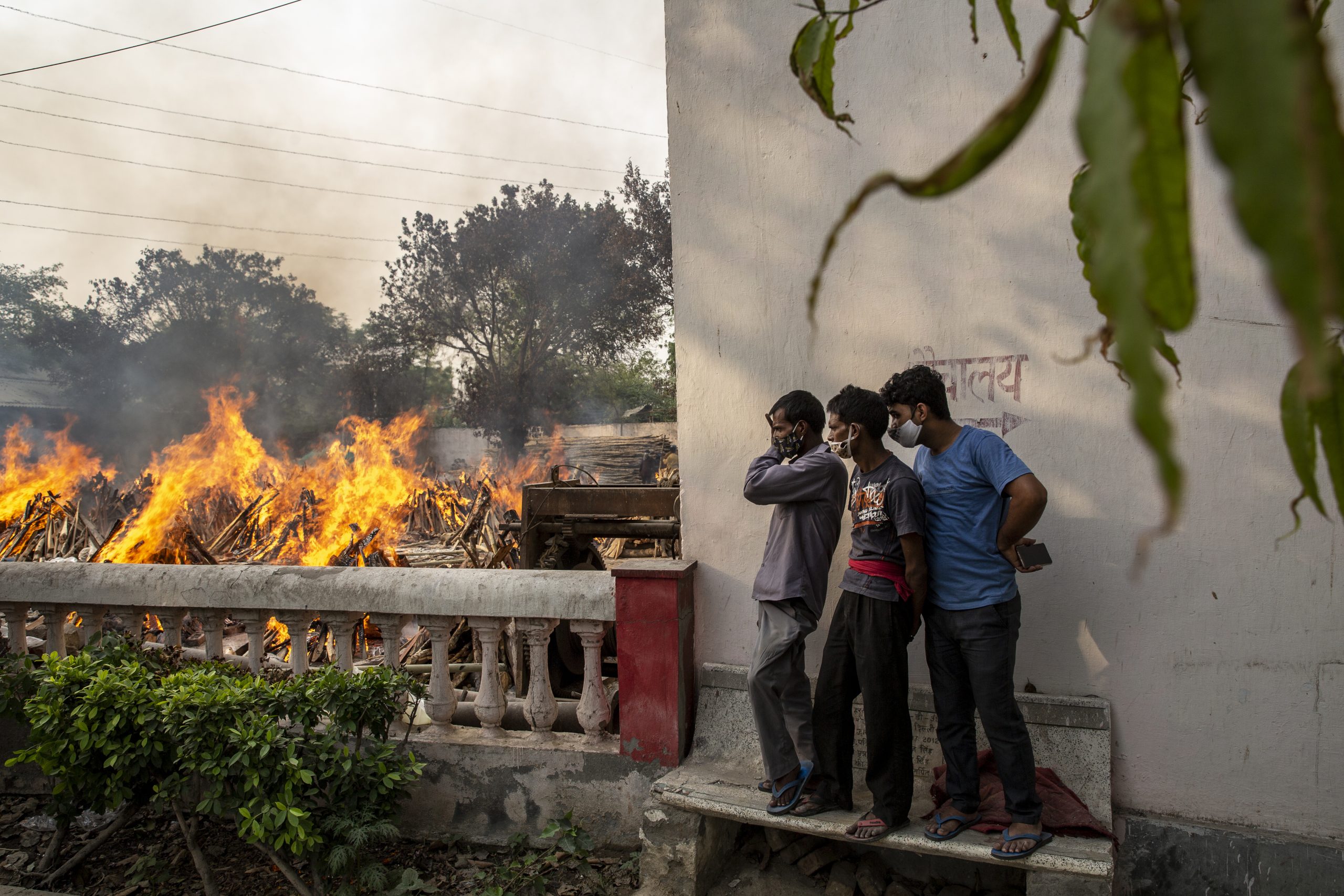
The Media Spectacle of Suffering Surrounding India’s COVID-19 Catastrophe
The Media Spectacle of Suffering Surrounding India’s COVID-19 Catastrophe The most gruesome images of COVID-19’s wrath in the Western press have originated from the formerly colonized nation and stand in contrast with an imageless COVID-19 crisis in the United States. via Hyperallergic: https://hyperallergic.com/646133/the-media-spectacle-of-suffering-surrounding-indias-covid-19-catastrophe/ The most gruesome images of COVID-19’s wrath in the Western press have…
-
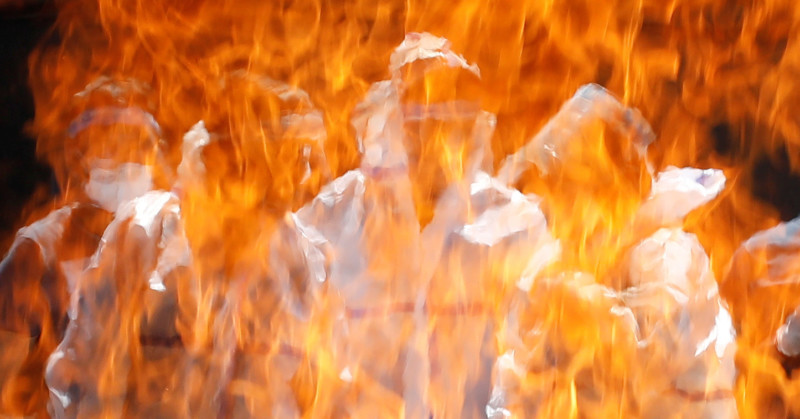
“Photographers are the ones who see everything” – Columbia Journalism Review
“Photographers are the ones who see everything” Reuters photojournalist Adnan Abidi on shooting Delhi’s COVID-19 crisis via Columbia Journalism Review: https://www.cjr.org/special_report/adnan-abidi-india-delhi-covid-19.php?a=home-hero&utm_source=cjr-org&utm_content=homehero Sometimes people say these photos are beautiful, but I just want to show people what’s happening. Right now you don’t want to show people how good you are, with composition or whatever. What matters…
-
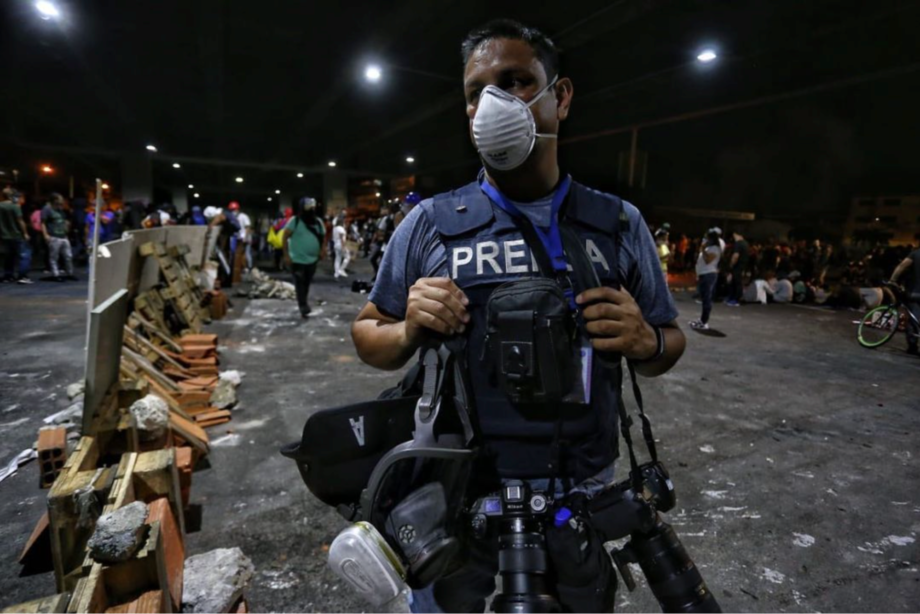
Scenes from Work as Photojournalists are Increasingly Caught Up in the Protest Field – Reading The Pictures
Scenes from Work as Photojournalists are Increasingly Caught Up in the Protest Field – Reading The Pictures These photos of Columbian photographer Luis Robayo demonstrate how much photojournalists can be absorbed by the protests they cover. via Reading The Pictures: https://www.readingthepictures.org/2021/05/photojournalists-moving-targets/?utm_source=feedburner&utm_medium=feed&utm_campaign=Feed%3A+Bagnewsnotes+%28Reading+The+Pictures%29 That’s how AFP photographer Luis Robayo captions two Instagram posts featuring recent images of himself…
-
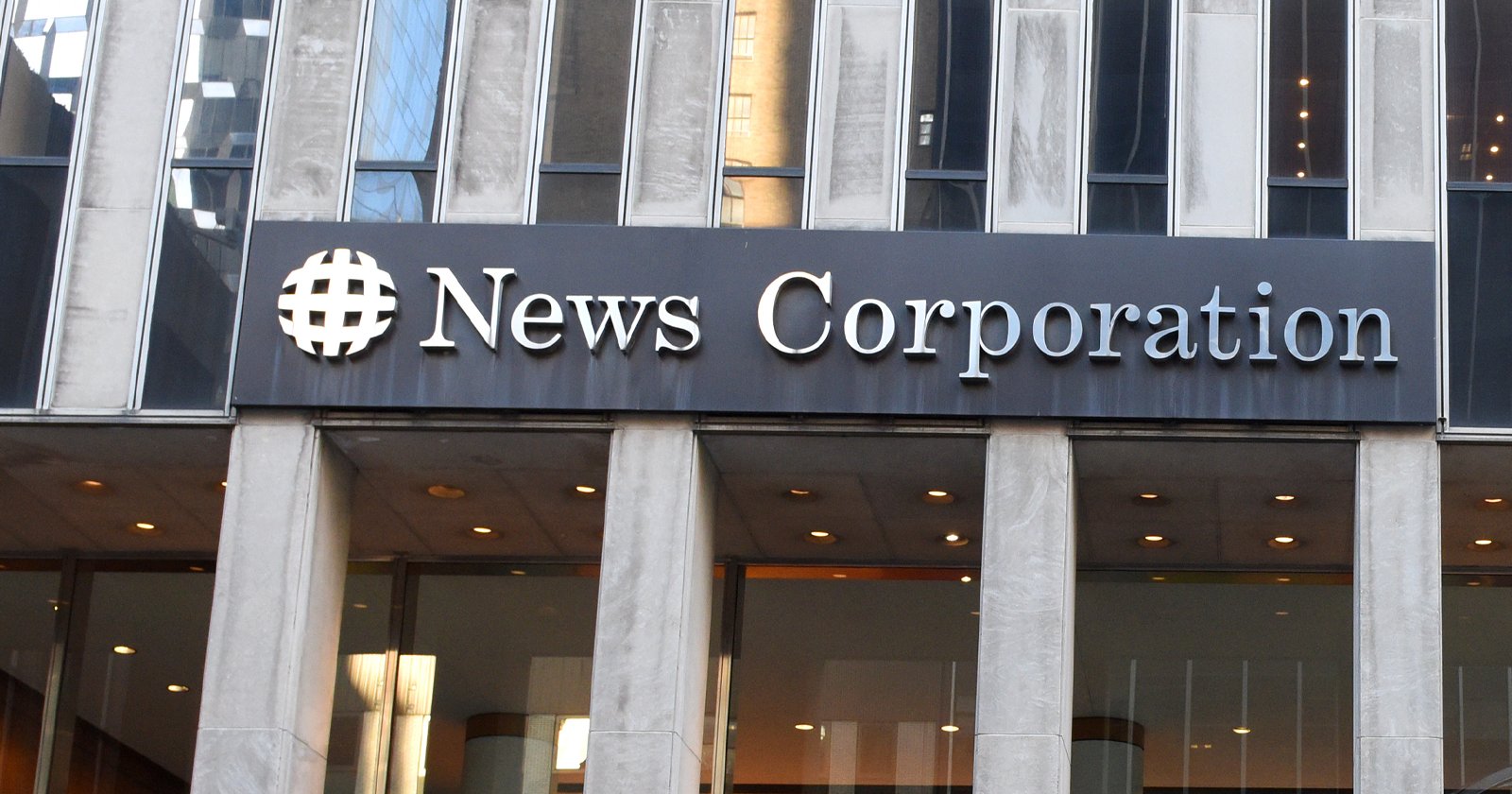
News Corp Australia Has Laid Off the Last of Its Photographers: Report | PetaPixel
News Corp Australia Has Laid Off the Last of Its Photographers: Report News Corp Australia no longer employs any full time photographers. via PetaPixel: https://petapixel.com/2021/05/17/news-corp-australia-has-laid-off-the-last-of-its-photographers-report/?utm_source=feedburner&utm_medium=feed&utm_campaign=Feed%3A+petapixel+%28PetaPixel%29 News Corp Australia has reportedly laid off the last of its staff photographers and converted fully to using freelancers according to a new report. The last eight photographers were informed…
-
‘I’ve Had Several Breakdowns’: Photographers on Covering India’s COVID Horror
‘I’ve Had Several Breakdowns’: Photographers on Covering India’s COVID Horror These photographers are humanising India’s unfolding catastrophe for the world. But at what cost? Link: https://www.vice.com/en/article/3aqny8/photographers-journalists-covid-coronavirus-india-photos There are many ethical debates linked to portraying tragedy but it’s these shocking photos coming out of India that are pushing the world to sit up and take notice. And…
